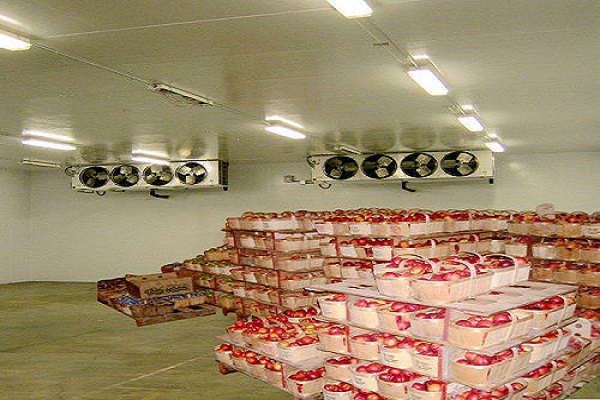In recent years, India has showcased its immense potential to become a central player in the global cold supply chain industry. Fuelled by the growth of its pharmaceutical and food sectors, there is an increasing demand for dependable and efficient temperature-controlled logistics. The COVID-19 pandemic, in particular, emphasized the necessity of a robust cold supply chain network within the country.
Since then, India’s cold chain sector has experienced exponential growth, with the market estimated at around USD 17 billion and expected to maintain a compound annual growth rate (CAGR) of approximately 12% from 2021 to 2026. This growth is predominantly attributed to the rising demand for temperature-sensitive products, notably pharmaceuticals and perishable foods.
Nevertheless, the sector confronts various challenges, including inadequate infrastructure in specific regions, unreliable power supply, a lack of standardized practices, and gaps in last-mile connectivity. However, the National Logistics Policy (NLP) and supportive policies are addressing these issues. They focus on enhancing connectivity through road, rail, and waterway transport infrastructure, encouraging private sector participation, and incentivizing investments in logistics infrastructure. The government’s emphasis on constructing agriculture supply chains and dedicated freight corridors to enhance food security further contributes to efficient cold storage infrastructure. These policy measures represent significant strides towards overcoming existing challenges and positioning India as a global leader in the cold supply chain industry.
Several key areas are pivotal to India’s ascent on the global stage in the cold supply chain sector:
Tech Adoption for Efficiency: India must embrace advanced technologies such as automation, real-time monitoring, and data analytics to enhance efficiency and reliability. The integration of IoT and blockchain technology can provide end-to-end visibility and transparency in the supply chain, ensuring product quality and authenticity.
Green Supply Chains and International Standards: Prioritizing sustainable and environmentally responsible supply chains is essential. This includes reducing carbon emissions, adopting clean energy sources, and minimizing waste. Compliance with international standards like Good Distribution Practices (GDP) and Good Manufacturing Practices (GMP) is crucial for ensuring product safety and quality.
Domestic Infrastructure Development: Investments in temperature-controlled storage and transportation infrastructure, including refrigerated warehouses, distribution centres, refrigerated trucks, containers, and specialized packaging, are pivotal.
Integration of Stakeholders: Collaboration among government agencies, private sector companies, logistics providers, and regulatory bodies is essential to creating a seamless and efficient cold supply chain network.
India’s journey towards becoming a global cold supply chain hub is well underway, and it hinges on technology adoption, green supply chains, infrastructure development, compliance with international standards, and stakeholder integration. With the right strategic focus and collaboration, India can lead the way in efficient international cold supply chains, benefiting both its economy and the global food industries. As the market size continues to expand, India’s cold supply chain sector has a bright future ahead, poised to play a pivotal role in the global supply chain landscape.


